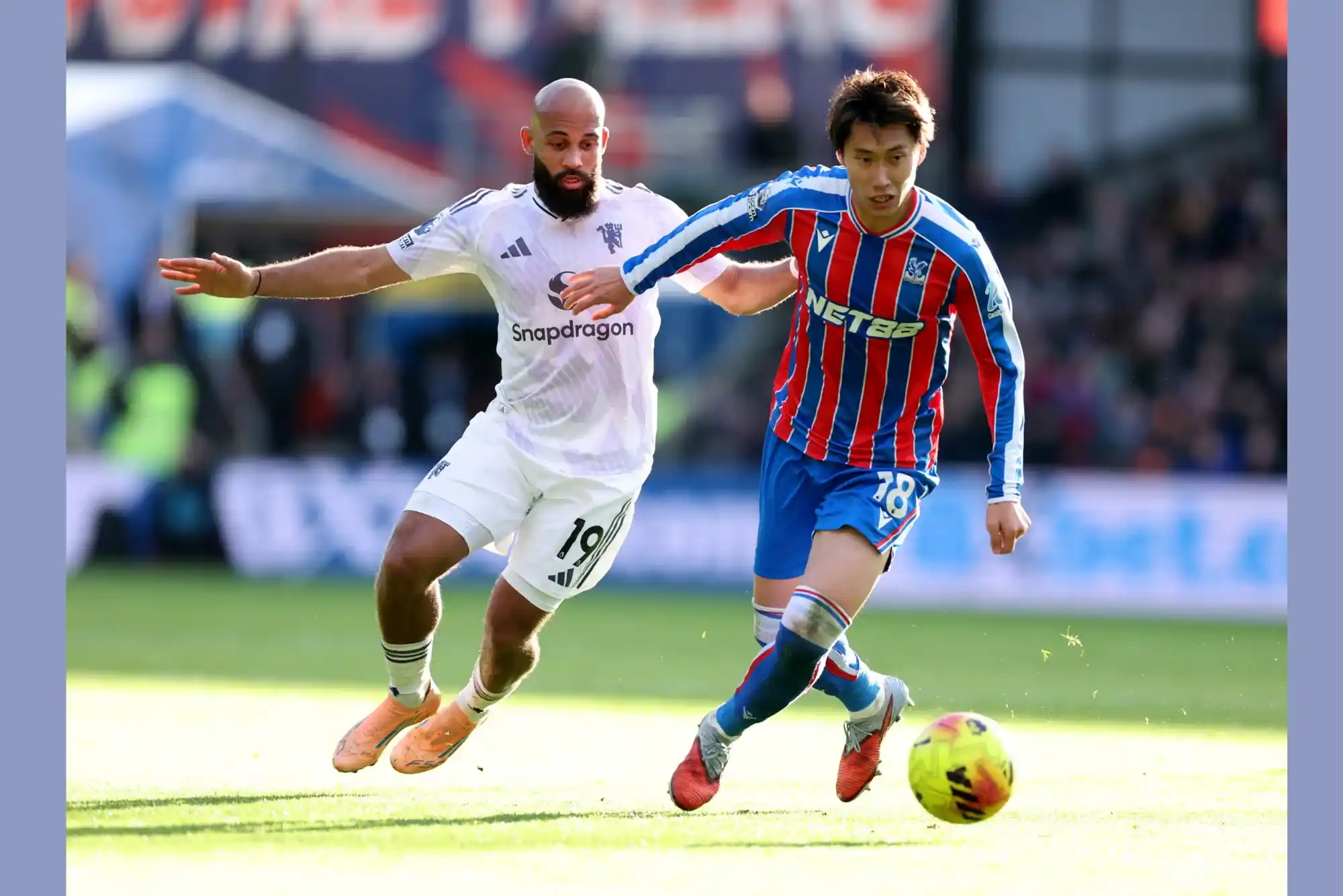When we talk about manga that left an irreversible mark on the world of storytelling, few stand as tall—or as hauntingly deep—as Berserk. This dark fantasy epic, filled with intense psychological conflict, brutal medieval warfare, and raw human emotion, came from the mind of the late Kentaro Miura. The question that inevitably follows for fans and critics alike is: What inspired Miura to create Berserk?
Unraveling this question isn’t just about listing a few media titles he liked or saying he drew well. To understand Miura and what brought Berserk into existence, we need to dig into the psychology of a young artist growing up in a shifting Japan, his influences both cultural and personal, and how he shaped a genre now commonly labeled as grimdark.
Miura’s Early Life and Obsession with Art
Kentaro Miura was born in 1966 in Chiba, Japan. His love for drawing emerged almost as soon as he could hold a pencil. By the time he was 10, he had already created his first manga, titled Miuranger. It was a crude but passionate creation, showing that he was not only serious about drawing but also fascinated by storytelling.
Miura’s formative years coincided with the golden age of manga and anime, with legends like Osamu Tezuka already shaping the cultural landscape. However, unlike many of his peers who might have been influenced solely by mainstream manga, Miura’s mind wandered further into Western visual art, European history, and classical literature. He devoured works outside the norm, which would later fuel the otherworldly aesthetic of Berserk.
He also developed a strong interest in anatomy and technical detailing early on—something that would become obvious in his meticulously drawn battle scenes and haunting character expressions.
The Influence of Western Media and Grimdark Aesthetics
While Miura was undeniably Japanese in his artistic roots, his influences stretched across continents. Perhaps most evident was the visual and thematic impact of Western fantasy—particularly grimdark fantasy—on his work.
Grimdark, as a term, refers to a subgenre of speculative fiction that emphasizes dystopian, morally gray, and often violent worlds. It’s gritty, cruel, and honest about the dark sides of humanity. While the term itself may have become popular in the 2000s with titles like Game of Thrones and Warhammer 40,000, Miura was exploring its boundaries back in the late ’80s and early ’90s. Long before the word grimdark even existed in fan communities, Miura was defining it.
He was particularly influenced by the 1982 animated film The Secret of NIMH, which used heavy shadows and mature themes under the guise of animation. But perhaps the most significant influence was the 1981 French animated film Heavy Metal and the works of Fist of the North Star, Devilman, and the American film Hellraiser. The visual brutality, the internal suffering of the characters, and the overarching nihilism were all thematic threads that Miura weaved into his storytelling fabric.
There is also a great deal of speculation that Berserk was heavily inspired by the 1989 film The Flesh and the Blood by Paul Verhoeven, a raw and violent portrayal of medieval Europe. The dark, grim, and merciless tone of this movie, combined with its realistic take on human behavior in desperate times, seems like a clear precursor to Berserk’s worldview.
Guts: A Reflection of Miura’s Inner World
It’s hard to talk about Berserk without focusing on its protagonist, Guts—a character who isn’t just a hero but a symbol of survival, trauma, and resistance against fate. Guts is not simply a sword-wielding warrior; he is a personification of emotional scars that never fade, of rage against the gods, and of the quiet, fragile yearning for peace.
Many fans have speculated that Guts was Miura’s personal catharsis—an emotional avatar through which he explored depression, existential questions, and the human desire to find meaning in suffering.
Miura himself hinted in several interviews that Guts was designed as a response to the typical “shonen” hero. Unlike other protagonists who gained strength through friendship or hope, Guts walked a lonely path, driven by rage and survival instincts. He’s not someone who fights for ideals but someone who keeps moving forward despite them.
It’s also worth mentioning that Miura didn’t make Guts in one stroke. The character evolved alongside the artist’s own life experiences. Early chapters of Berserk were almost relentlessly brutal, but as Miura matured, so did Guts. He slowly opened himself to companionship, vulnerability, and even love. This evolution mirrored Miura’s own shifting worldview—from youthful nihilism to a more nuanced understanding of human connection.
Griffith and the Exploration of Power, Beauty, and Betrayal
If Guts represents the human will to survive, Griffith—his former friend and eventual nemesis—represents the seductive power of ambition. Griffith is not merely a villain; he is one of the most complex characters in manga history. Charismatic, intelligent, and almost divinely beautiful, he seeks power with the calm resolve of someone convinced of their own destiny.
The dynamic between Guts and Griffith is one of the most psychologically intense relationships in fiction. Miura did not write their story as a good-versus-evil tale. Instead, he built a narrative about betrayal, ego, and the thin line between love and obsession.
Griffith’s transformation into Femto and the Eclipse event—arguably one of the most disturbing moments in all of manga—was not shock for shock’s sake. It was Miura’s deep dive into the idea that beauty can mask monstrous intent and that ambition, left unchecked, can destroy the very foundations of humanity.
The Role of Philosophy and Existentialism
Beyond the blood and guts, Berserk is a profoundly philosophical work. Miura never spelled out his worldview in academic terms, but his exploration of fate, free will, and the role of suffering clearly channels existentialist thought.
Characters in Berserk are often driven by what they call their “dreams,” but Miura shows us how easily those dreams can become prisons. Through Guts, he questions whether we are condemned to follow fate or if we can carve out meaning through sheer will.
The brand of sacrifice, the God Hand, and the endless struggle against apostles—all of these elements serve as metaphors for life’s relentless trials. Miura seemed to believe that while the world might be fundamentally unfair, the act of standing up against it has its own quiet, tragic nobility.
Legacy and Miura’s Untimely Death
Miura passed away in 2021, leaving the manga world in collective mourning. His death felt like a personal loss to millions of readers. Berserk remained unfinished, yet somehow complete in its depth, passion, and legacy.
In his absence, Studio Gaga, assisted by Miura’s close friend Kouji Mori, continues the story based on his original vision. While no one can truly replace Miura, his unique approach to art, emotion, and storytelling continues to guide the manga’s path.
What made Miura exceptional wasn’t just his artistic skill—it was his uncompromising dedication to telling a story that was raw, uncomfortable, and truthful. He didn’t sanitize pain or simplify human complexity. Instead, he gave us a world where strength isn’t about winning, but about enduring.
Conclusion: A Work Born from Shadows
So what inspired Kentaro Miura to create Berserk? It was a blend of life experiences, deep artistic curiosity, global cultural influences, and a restless spirit unwilling to look away from life’s darkest corners.
Miura gave us more than a manga. He gave us a mirror to look into our own struggles, fears, and desires. He crafted a story that could only have been born from someone who deeply understood the dual nature of human existence—the light and the overwhelming dark.
In the end, Berserk is not just grimdark for the sake of being edgy. It’s a meditation on suffering, endurance, and the hope that maybe, just maybe, the struggle is worth it.
And for that, we will always be grateful to Miura.
Let me know if you’d like this article as a downloadable file (PDF, Word, etc.), or need a thumbnail, feature image, or social media caption to go with it.





